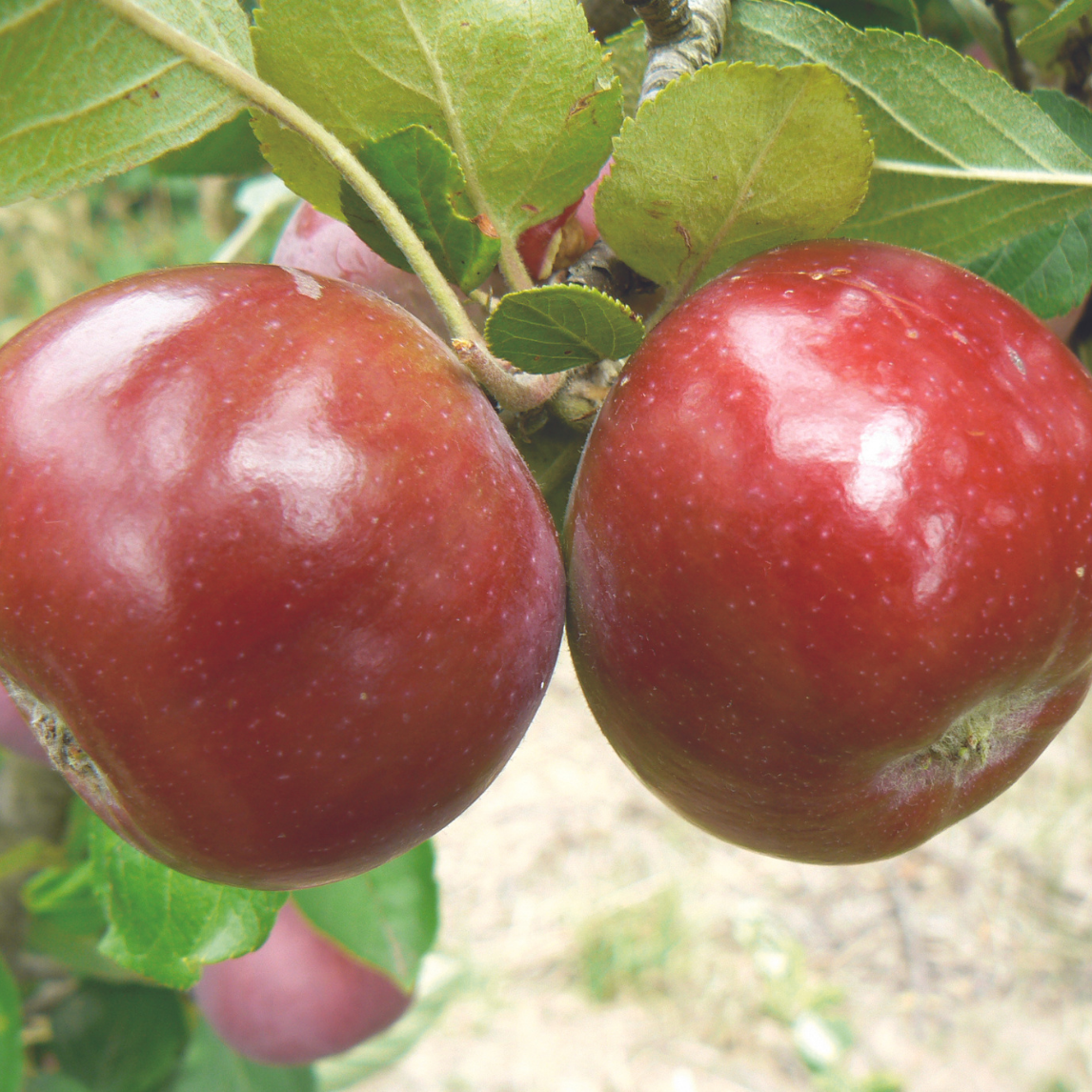Dwarf Apple 'Early McIntosh'
Apples grow in a wide variety of climates and soils. Their main requirements are full sun, cool winters (400-1800 chilling hours)and reasonable drainage. They dislike humidity, salty soils and coastal conditions. Apples prefer a neutral soil pH between 5.5 - 7. Improve soils with decomposed compost prior to planting. Apples dislike waterlogged soils and wet feet. If this is your only option, plant in a raised bed or in a large pot. PLANTING TIPS: 1. Before planting, soak plant for 30 mins in a weak seaweed solution to help minimise transplant shock. 2. Choose a sunny spot with well-drained soil. Remove weeds and grass to avoid competition with you new tree. 3. Dig the planting hole twice as wide and one and a half times deeper than the plant pot. 4. Backfill compost and soil to the same depth as the pot so that the soil in the pot is level with the soil surface. 5. Remove the pot and place your tree in the hole. Backfill with soil and compost mixture. Firm down gently and stake if required. 6. Mulch around the base with organic mulch to prevent competition from weeds, but always keep it away from the trunk. 7. Water now and regularly until plant establishes in the garden.

